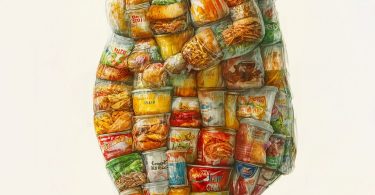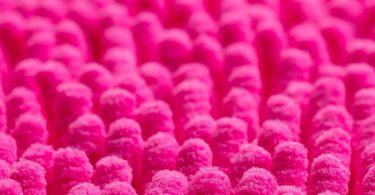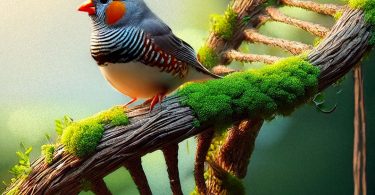By allowing to reverse the effects of glycation, the deglycating molecules, discovered in the 2000s, revolutionize the management of the effects of aging related to glycation.
Excess sugar, the poison of aging:
As fuel for energy, sugars are essential for life. But excess sugar by feeding glycation becomes the poison of aging. All sugars are concerned, glucose, fructose … The absorption of already glycated products, such as grilled meat, is also glycating to varying degrees.
Anti-glycation (or anti-glycant) agents:
Anti-glycation agents are the first generation of substances against glycation. Their mechanism of action is to slow the glycation reaction, but they can not do anything against the glycation already installed. They are therefore of rather limited interest for slowly-renewing proteins, such as those of the skin, arteries and brain, unless they are permanently used in large quantities. They thus keep their interest in a logic of skin protection, associated with anti UVs for example.
The most known anti-glycant agents are carnosine (a red meat protein) and aminoguanidine (reference pharmaceutical molecule of which certain derivatives are used in the complications of diabetes).
Antioxidants (especially polyphenols) are often very good anti-glycant agents.
The deglycating, the “antidote” to aging:
Reversing the effects of glycation is the challenge of deglycating molecules. By breaking the cross-links of glycated proteins, these molecules allow those proteins to recover some of their functionality, for example elastin regains elasticity. This line of research is very promising for cross-linked AGEs (those of the skin or arteries for example).
The first deglycating product, put on the market in 2012, is Nacriderm AGE BREAKER, formulated with a molecular fraction of Rosmarinus officinalis titrated in Rosmarinic acid. This discovery, hailed by many international experts has not yet delivered its full potential.
Glycating, anti-glycating, deglycating, what to remember:
– Sugar: poison of aging,
– Anti-glycating agents: first steps against glycation,
– The deglycating molecules: the “antidote” to aging,
– Rosmarinic acid: the deglycating reference molecule.
Image: Pentosidine Chemical Structure, (AGE, Advanced Glycation Endproduct)
Photo credit: Wikimedia









